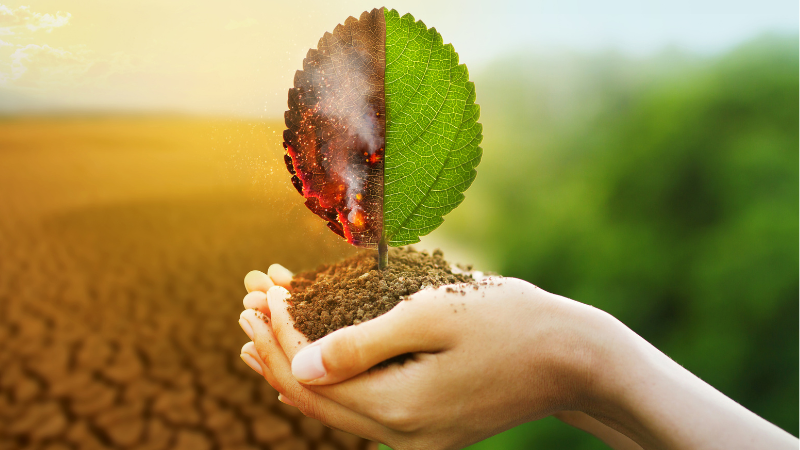
16 Mar Anxiety as force for change
Pull those sensors in!
What?! No!! How else do we know if the world is safe or not?
We have to keep our awareness out there.
Or … is there another way?
This is very much a way attachment theory can guide us. When we include researchers who explore early development the subject gets even richer.
Trevarthen, one of those researchers, wrote in 1979 that it’s not only how children begin to understand others’ thoughts and feelings, but also how they interpret and create meaning out of non-verbal communications.
All this happens long before children learn to speak.
In a recent call, I reminded myself and the group … that it’s a different language. It’s not about understanding, although we can come to understand what happens.
Yvonne Agazarian (one of my early mentors) used the term “apprehend” … to apprehend what’s happening with our entire body. Daniel Stern wrote about the vitality affects that inform our world.
Vittorio Gallese, one of the researchers who discovered the mirror neurons, has been writing about the space between people, the space that connects us instead of separating us.
Growing and developing a solid, steady, secure presence inside … requires us to know ourselves, withdrawing our attention from hyper-vigilantly connecting to the world out there.
In yoga we call that “pratyahara” … withdrawing our senses.
It can be really hard to switch gears if we’ve always been attuning out there, to others.
How else will we know how to be? To be safe. To do it right?
One of the important explorations in our world is how to be with, reduce, or make sense of the anxiety that is so prevalent in the chaos around us.
It’s one of the many reasons I’m excited about Jonathan Haidt's book, The Anxious Generation.
Haidt, as a multi New York Times best-selling author (and a professor at NYU), has synthesized why so many teens are living with intense anxiety.
More anxiety than ever. And struggling with it.
What happened? Why is it worse?
His findings are critical.
He also doesn’t leave us hanging without answers.
Haidt gives us concrete possibilities for the real world we live in.
It’s also extremely relevant to our healing.
The anxiety out there is mirrored inside.
Healing happens when we take some of his primary ideas into our inner world, healing the many parts of us, especially those parts fragmented off, separate, exiled.
We are not just our parts.
Not just the feelings, the fears, and anxiety.
We are so much more.
Harnessing the power of the anxiety, channeling that intensity can be a powerful force for healing.

